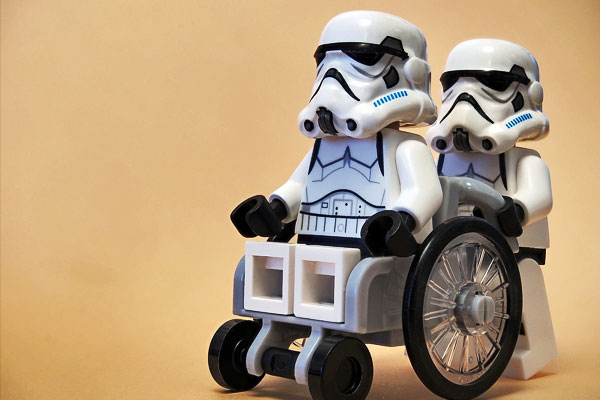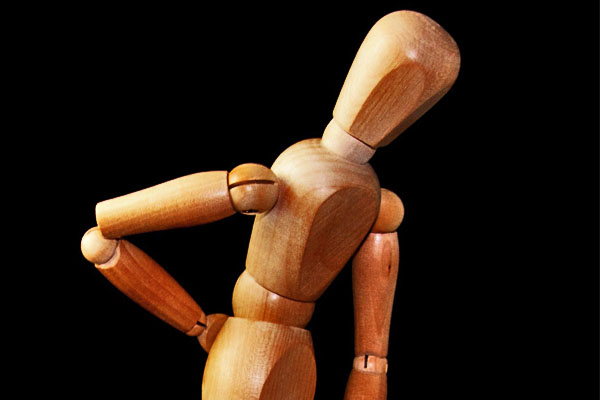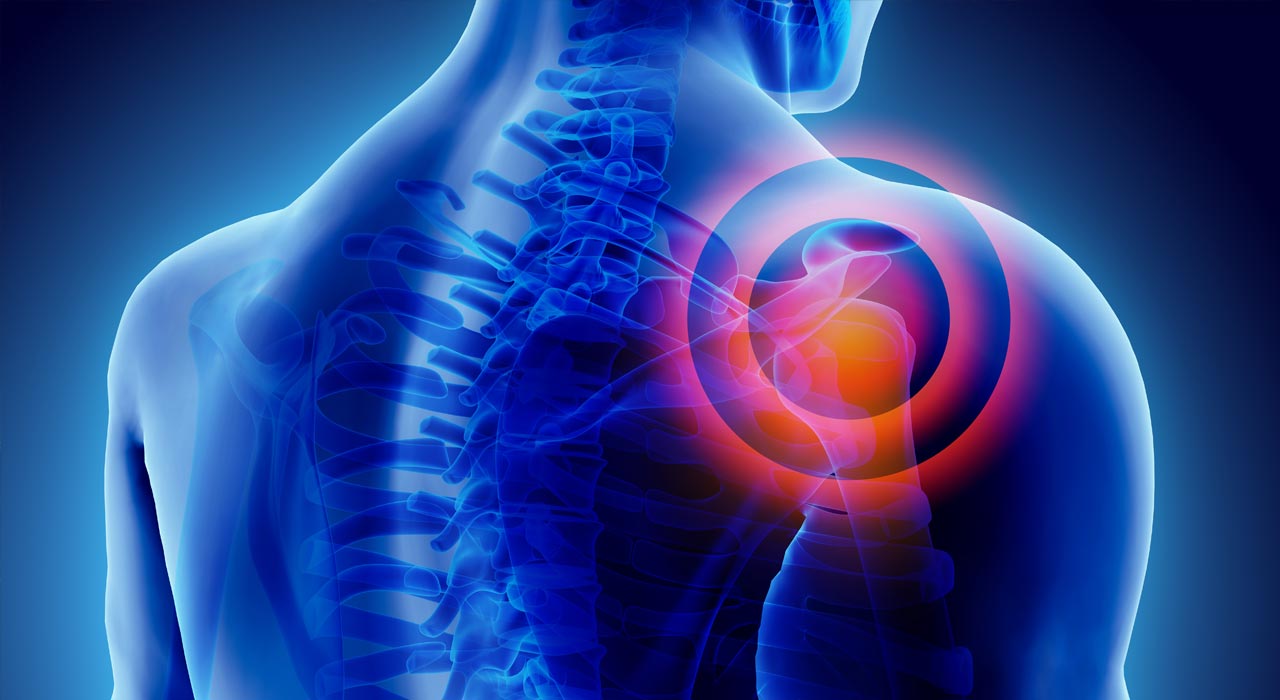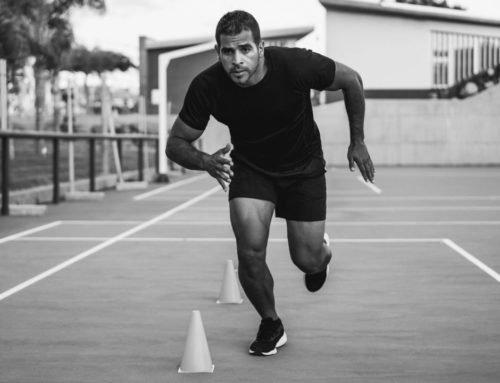Pain is often seen as your reward for a workout well done, but what if it isn’t? What is pain, really? Well, a new National Health Institute (NIH) study says 11.2% of Americans experienced some form of daily pain in the past three months. This means it’s very likely you know someone who suffers chronic pain, and the solution lies in the brain.
What is pain and how do we feel it?
When you injure your elbow, the pain message travels from the injury to the area of the brain that makes you conscious of sensory pain, the pre-frontal cortex. While this happens, another part of the brain called the limbic system processes the unconscious emotions you feel about the pain, comparing it to every other pain you have felt. This is called emotional pain and it makes the limbic system amplify the pain, making it worse by adding anxiety or depression to what you feel.

Pain in limbo
The longer the pain lasts, the more the limbic system makes the pain worse until it’s chronic. At this point, movements that shouldn’t hurt can become very painful, which causes the pre-frontal cortex to ask several questions like: When will this pain go away? The answers get processed once again in the pre-frontal cortex and this makes the pain turn into suffering. This is called cognitive pain. In chronic pain, the sensory, emotional, and cognitive pain team up to change the structure of the brain – known as neuroplasticy.
However, over the last six years there have been over 1000 studies published about how mind-body medicines – such as mindfulness meditation and yoga – can change the structure of the brain by using the concept of neuroplasticity to increase the amount of grey material in the pre-frontal cortex. Mind-body medicine allows you to become physically, mentally and emotionally proactive in the management of your pain. Eventually, the more you use mind-body medicine, the greater the chance your chronic pain is abolished.
Managing pain through meditation
Mindfulness meditation is the process of spending time in quiet thought. The best way to do this yourself is to go to YouTube and type in guided mindfulness meditation and find a video you like. Then find a comfortable chair, quiet room, and close your eyes and breathe deeply and slowly while your follow the voice of the guide on the video. Do this 20 minutes per day and focus on your breathing, allowing your thoughts to come and go freely without paying attention to them.

Yoga incorporates meditation and deep breathing but adds a physical component that helps improve the flexibility of your muscular system.
Opiates and heavy pain medication only relieve the cognitive pain and the suffering of a chronic injury. Being autonomous and using mind-body medicines like the ones above will help you transform the pain experience so you get back to training as soon as possible. So, now you know what pain is, you should be able to tackle it…painlessly.
Find health advice and more in every issue of TRAIN magazine.







